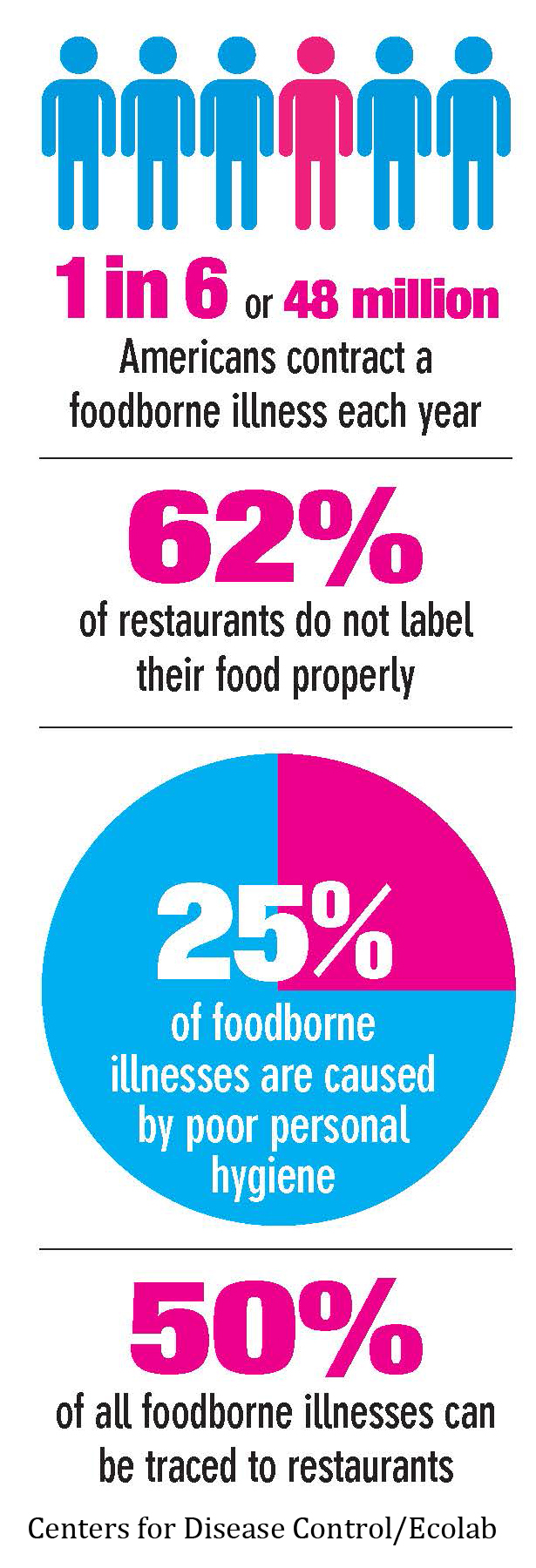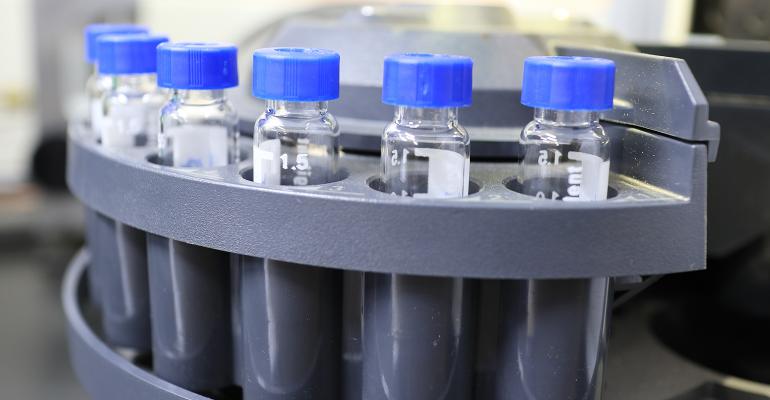Mystery still clouds the cause of the foodborne illness outbreaks that tarnished Chipotle Mexican Grill’s reputation and led to a steep decline in same-store sales.
The Centers for Disease Control failed to find a source of Chipotle’s E. coli outbreaks, but the Denver-based fast-casual operator dramatically altered its approach to food safety and spent more than $10 million to improve food safety.
 In the future, restaurants will have a wide variety of new technologies at their disposal:
In the future, restaurants will have a wide variety of new technologies at their disposal:
• Polymerase chain-reaction (PCR) testing can identify major pathogens like E. coli, listeria, salmonella and other parasites and bacteria by detecting the organism’s DNA. The PCR tests can detect as few as one bacterial organism per sample in as little as eight hours.
• Enzyme-Linked Fluorescent Assay, or ELFA, can reveal pathogens by detecting their proteins in samples. This technology is currently the cheapest and most widely used in the food industry.
• Shelf-life Verification maximizes product stability and applies it to competitive pricing. Microorganism Strain Identification by Pulse-Field Gel Electrophoresis aids identification of spoilage organisms. Through strain identification, DNA is abstracted, multiplied and mapped to isolate certain strands or unique variances that could cause problems in stability.
• Molecular pathogen detection is fully automated testing that offers accuracy, speed and efficiency for the identification of listeria, salmonella, E. coli and other organisms often linked to food contamination outbreaks.
• Chromatography, both gas and ion, are systems that separate compounds within food and detect their amounts.
Contact Ron Ruggless at [email protected]
Follow him on Twitter: @RonRuggless






